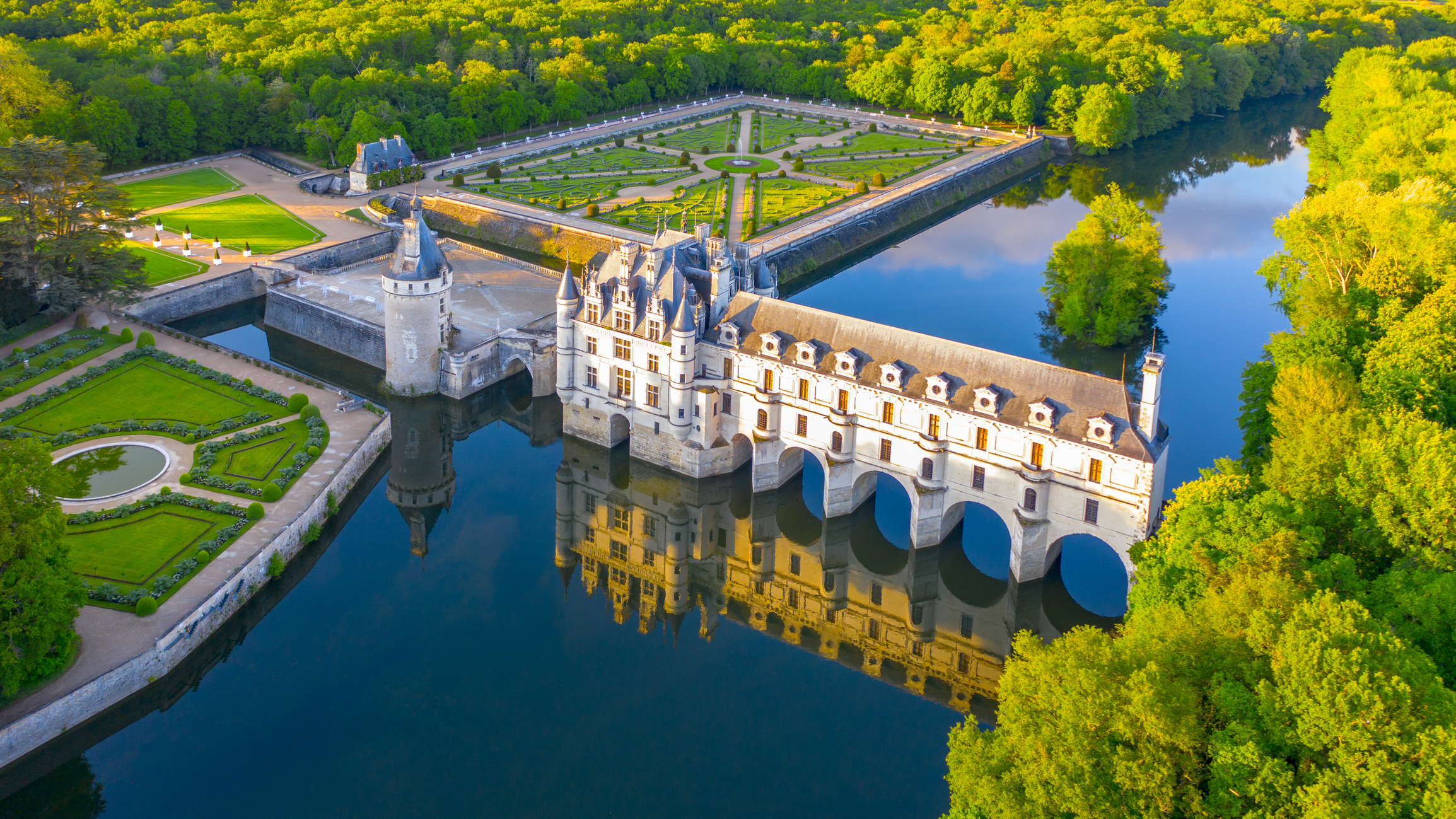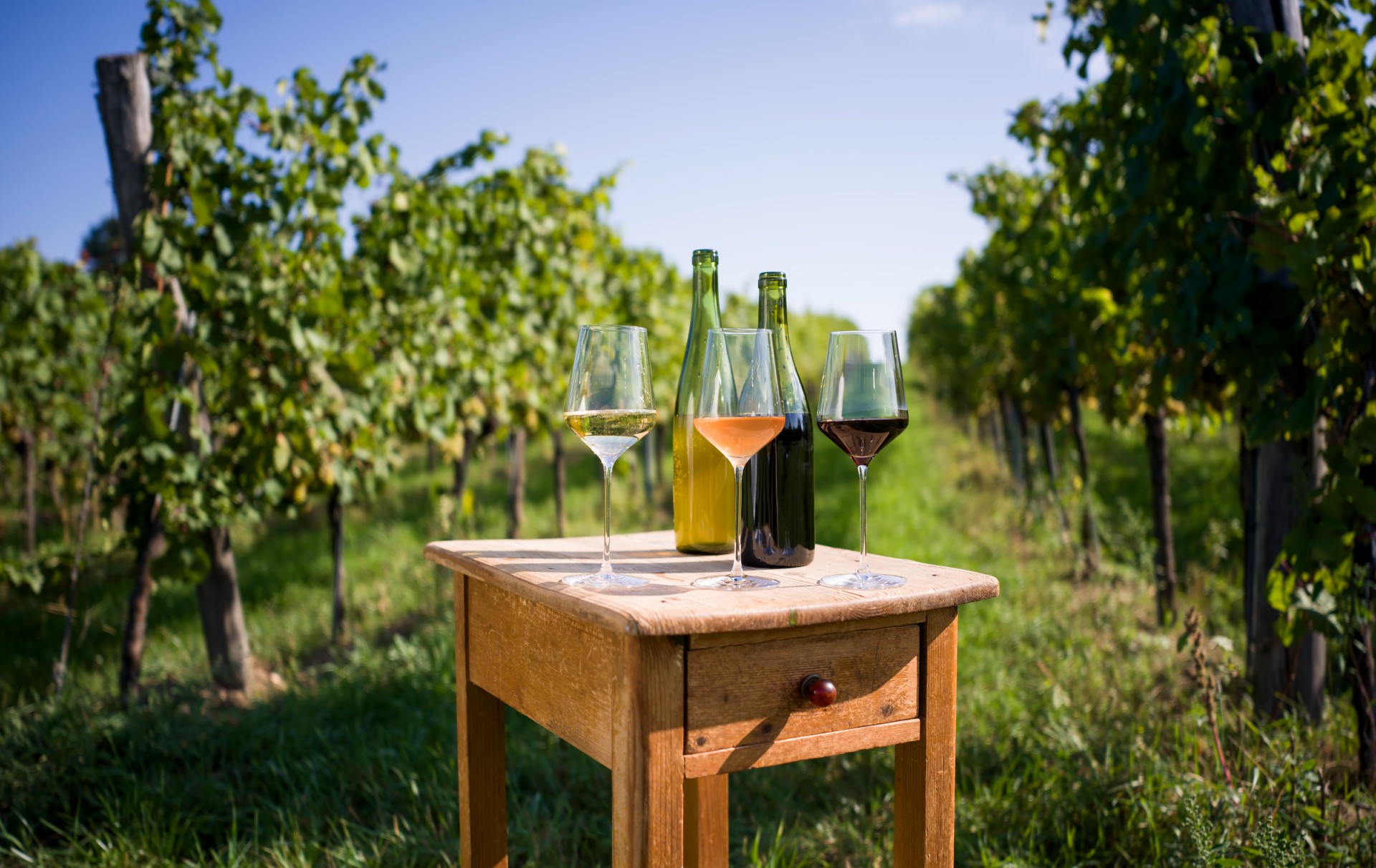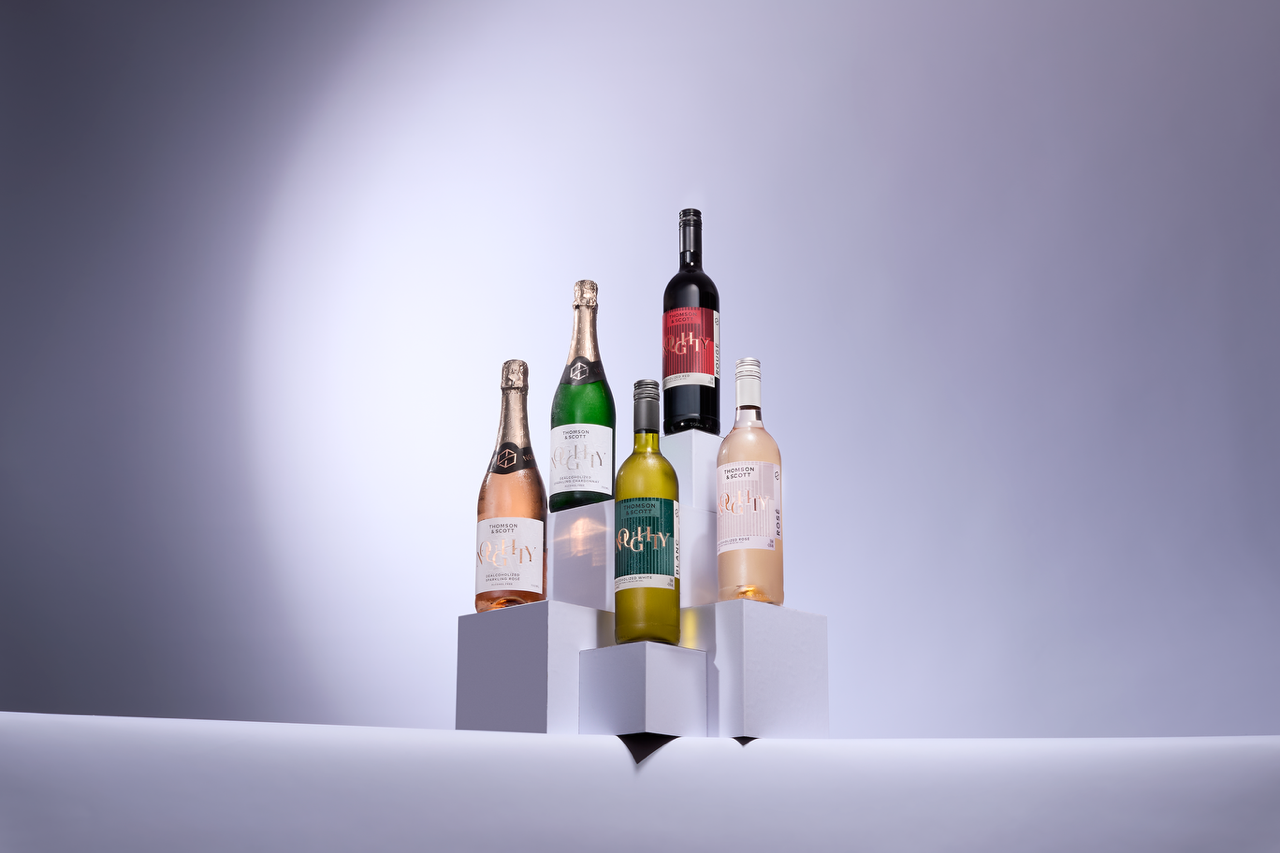This website uses cookies so that we can provide you with the best user experience possible. Cookie information is stored in your browser and performs functions such as recognising you when you return to our website and helping our team to understand which sections of the website you find most interesting and useful.
Piper Heidsieck implements strategic makeover
By Rupert MillarChampagne house Piper Heidsieck has announced a new “strategic makeover” to help redefine the brand’s standing and connect with affluent ‘millennials’.
Following its acquisition by EPI in 2011, Piper has spent several years reorganising its distribution network, disentangling itself from channels agreed by its previous owner, the Rémy Cointreau group.
At least half of the sales channels in the house’s 100 markets needed revisiting, not least in France, where it left ‘Lixir’ (a joint distribution group created by Rémy Cointreau and William Grants) and joined that of Bacardi-Martini, which is also now its Belgian distributor. William Grants remains its UK distributor.
EPI’s stake in Nippon Liquor has helped give it a new channel in Japan as of last year.
Its routes to market now secure, the brand has set in motion a new campaign to redevelop its image and bring it back into competition with the other ‘grandes marques’ with which it rubs shoulders – Lanson, Moët & Chandon, Mumm, Laurent-Perrier, Pommery, Taittinger and Veuve Clicquot.
CEO Benoît Collard explains: “Our job is to make Piper-Heidsieck a realistic alternative and the first choice. To this end, the proposed wines require a credible standard of quality and an immediately understandable image.”
First and foremost Piper has moved to standardize its labelling a little more and each wine is now clearly associated with a particular colour – red (and gold) for the brut, pink for the rosé, black for vintage etc.
Partner Content
The colours have been made bolder, especially the red for its flagship cuvée and the front labels have been decluttered by moving a lot of small print to the back labels.
The new marketing is also strongly slanted at a younger audience, the so-called ‘millennials’.
Collard continues: “Champagne needs to recruit new consumers, especially among under 40-year-olds, the market share of which has decreased by 8% in France over the past five years.
“Yet this generation drinks wine and is ready to pay the price for quality, as it spends on average 11 euro for a bottle, compared to less than five euro when it comes to the rest of the French population. This situation has been largely brought about by the places and moments of consumption, as they casually drink a lot outside of the home. It’s up to us to restore demand and curiosity, without losing authenticity.”
It’s chief message is that of “seduction”, drawing on research that suggests younger consumers today, “believe in love and commitment more than the previous generation. They claim to be more romantic. For them Piper-Heidsieck has to be associated with seduction, so we have communicated this idea using the hyphen between Piper and Heidsieck, with the slogan, ‘a dash of seduction’.”





